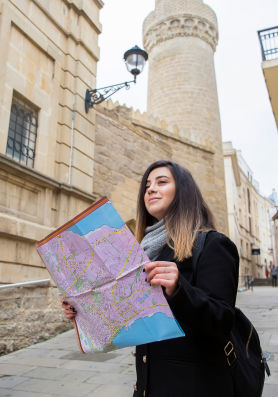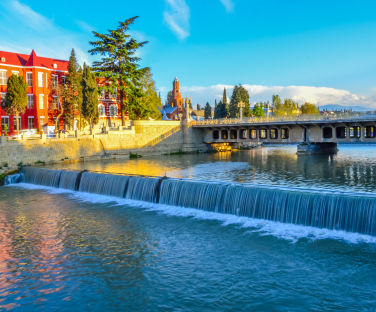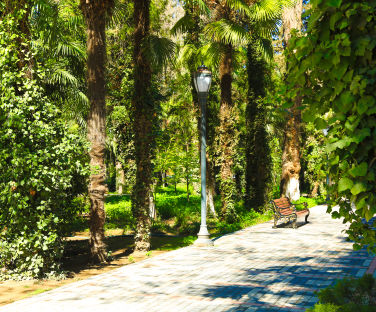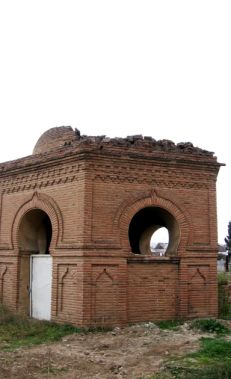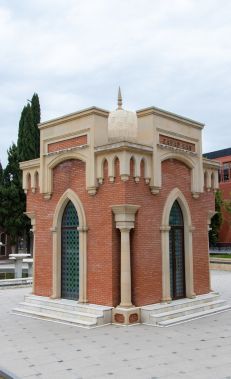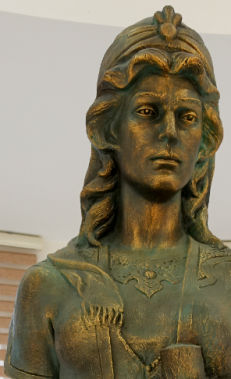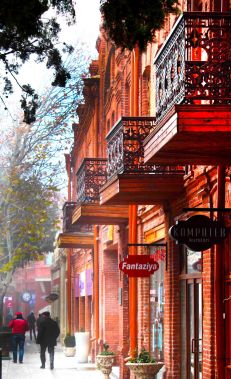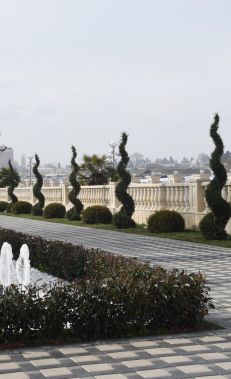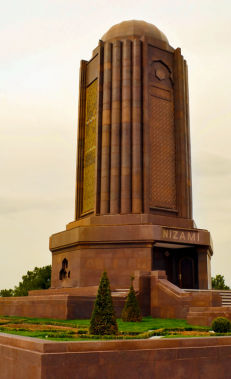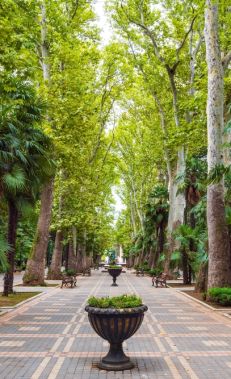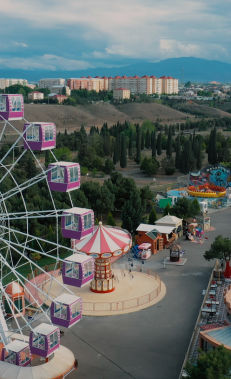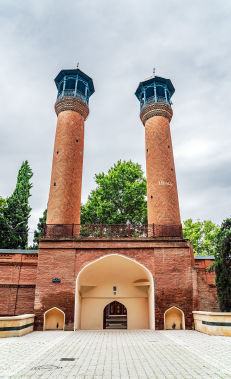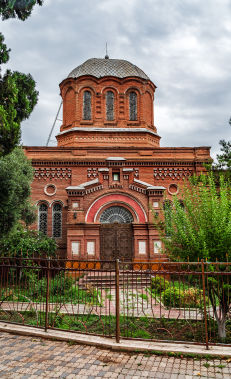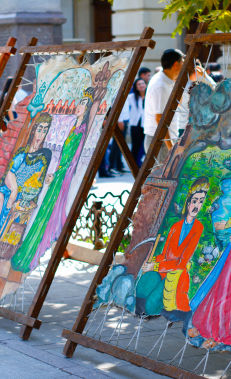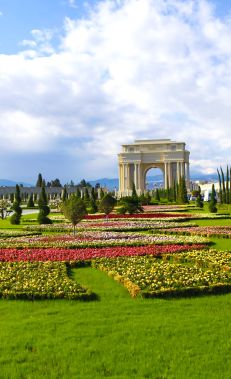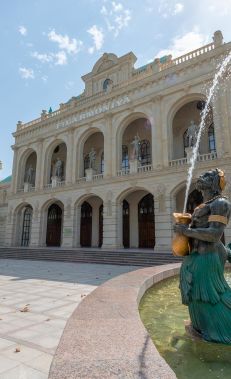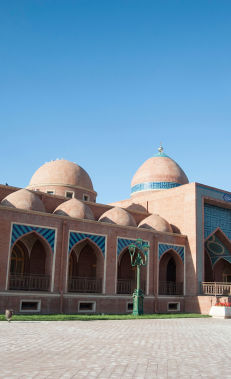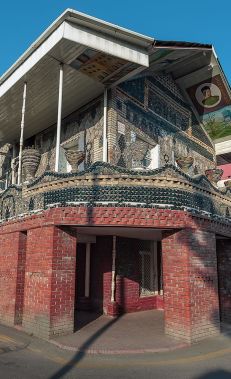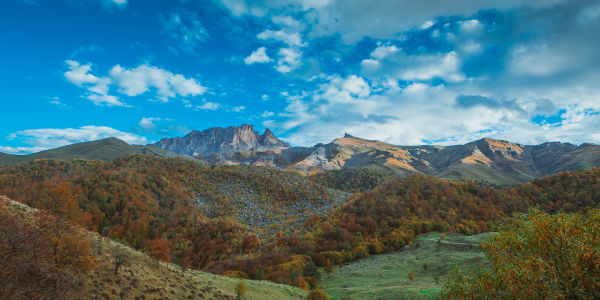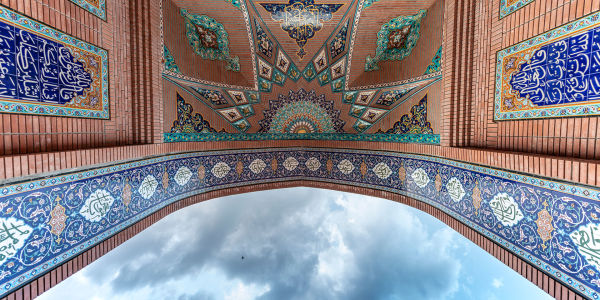walking around Ganja withAli and Nino
First published in Vienna in 1937, the novel Ali and Nino tells the story of a romance between Ali, an Azerbaijani nobleman, and Nino, a Georgian princess, set against a backdrop of major historical events: The First World War, the Bolshevik Revolution and the Azerbaijan Democratic Republic, the establishment of the Azerbaijan Democratic Republic, the complicated paths that it has passed through and the struggle of independence devotees until the last moment. The novel is mainly set in Baku, but also moves to Shusha, Ganja, Tbilisi, Dagestan and Iran, covering the period from 1909 to 1920. Besides being extremely beautiful and moving, it’s also a useful guide to the complex ethnic and cultural contrasts of the Caucasus in the early 20th century. Meanwhile, the mysterious identity of the book’s author, writing under the pseudonym ‘Kuraban Said,’ adds an extra layer of intrigue.
This tour takes visitors to the main places in Ganja featured in the story. Ganja was a key city at the time of Ali and Nino as the first capital of the Azerbaijan Democratic Republic. It was near Ganja that the great-grandfather of Ali Khan Shirvanshir died heroically in the battle against the Russians. The conclusion of the novel reveals that Ali repeated the same fate as his great-grandfather. In the last part of the novel, the author portrayed the rebellion of the Ganja community against the Bolsheviks after the decline of the Democratic Republic. Ali, the hero of the novel, was killed on the bridge over Ganjachay during these battles. This bridge, which you can walk across during the tour, is located on Mirza Abbas Abbaszade Street in Ganja, and some sources say that its construction dates back to the 17th century. The bridge was dismantled and rebuilt several times in later times.
Within the framework of the route you’ll see the building that housed the ADR’s first government, Juma Mosque which dates back to the 17th century and where Ali sought refuge, the monumental complex Ganja Fortress Gates – the Museum of Archaeology and Ethnography, Saints Cyril and Methodius Russian Orthodox Church, Ali and Nino monument in the park-boulevard complex along the bank of Ganjachay river.




